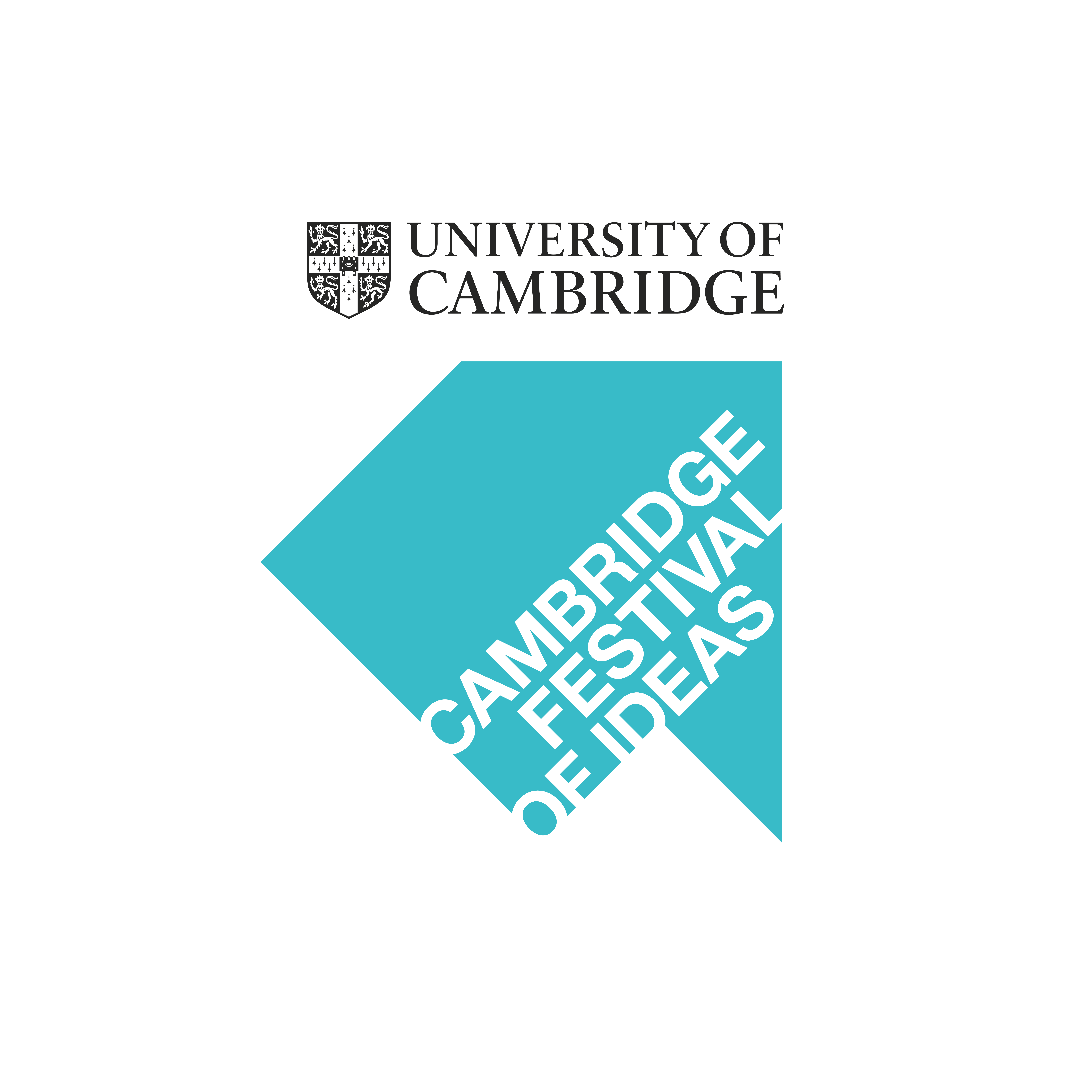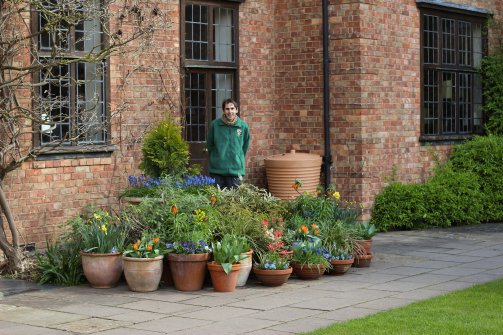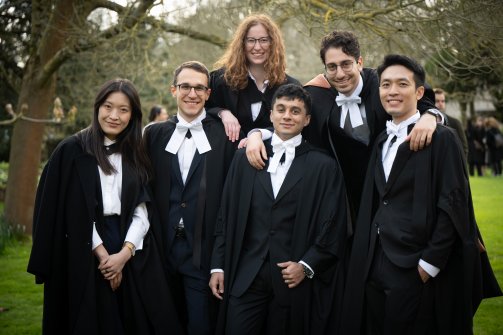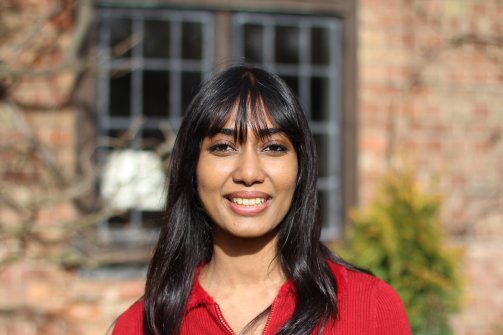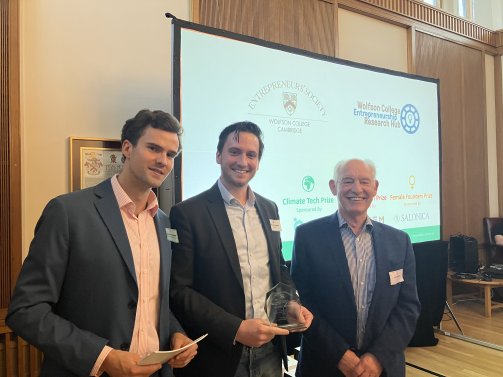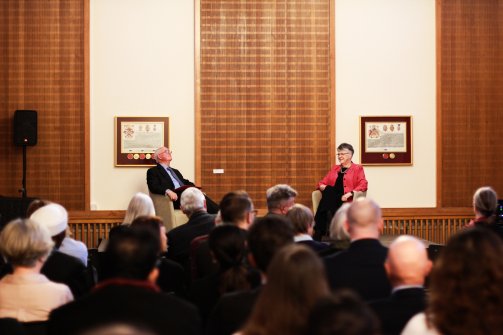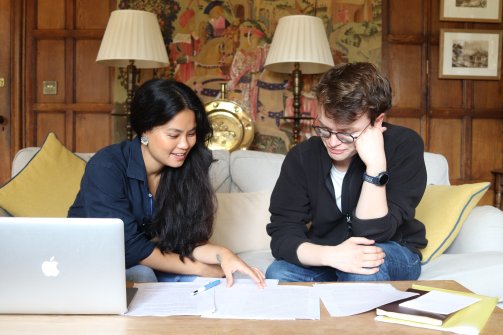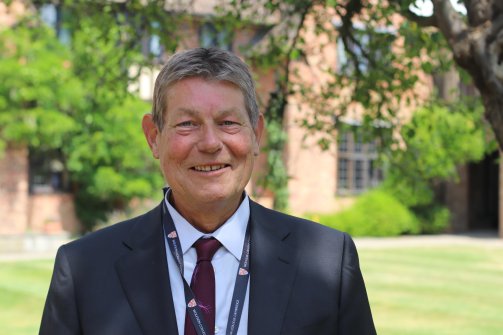New Press Fellows arrive at Wolfson
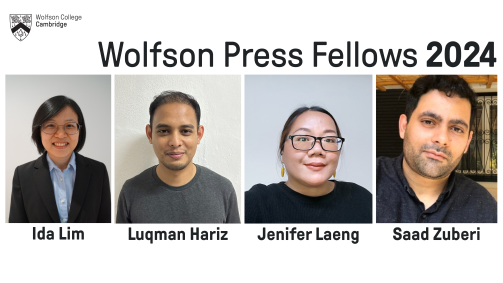
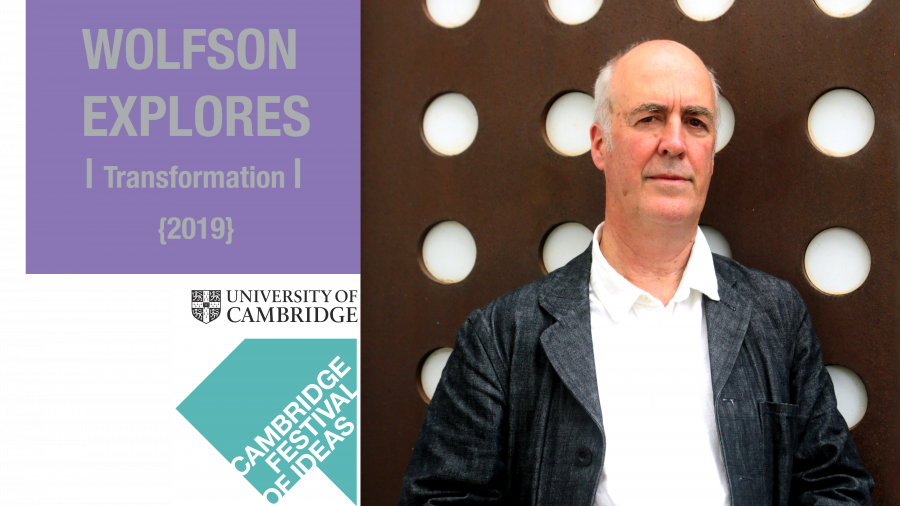
Charles Saumarez-Smith is former Head of Research at the Victoria and Albert Museum, former Director of the National Portrait Gallery and the National Gallery and, most recently, was Secretary and Chief Executive of the Royal Academy of Arts. He is currently a Senior Director of Blain|Southern. He will be speaking about The Transformation of the Museum in the Lee Hall on 16 October, 18.00.

Question: What has been the biggest change in your time working in museums?
Charles Saumarez-Smith: The issue which I want to explore in my lecture is the radical change in attitude from a focus on knowledge, expertise and chronology on the part of a specialist curatorial staff to a much greater concern for exhibitions, the autonomy of the artist and the experience of the visitor.
Question: How do you begin a major transformation? Do you need to start with revising the purpose of the museum?
Charles Saumarez-Smith: The changes I’m interested in are not those which are specifically engineered - for example, the much greater focus on financial management and fund-raising - as the longer-term change in the nature of the museum’s public responsibilities, currently being debated as part of the revision of the International Council Of Museums definition as to what a museum is and should be.
Question: Has the essential mission of the museum changed in the post-war period?
Charles Saumarez-Smith: There has been a long-term change in the way people think about museums from places of public education, funded by the state, to becoming visitor destinations, important for purposes of urban regeneration and the tourist industry.
Question: What transformation process in your time at the V & A, the National Portrait Gallery and the National Gallery was the most challenging?
Charles Saumarez-Smith: I lived through a period of radical change at the V&A at the end of the 1980s when the standard model of a museum was subjected to a radical reorganisation and then the National Portrait Gallery changed quite dramatically during my time as a Director as a result of a lottery-funded building development.
Question: Which transformation process are you most proud of?
Charles Saumarez-Smith: I remain proud of the way that the National Portrait Gallery changed from being a more narrowly specialist, historical institution to one which had much more public currency, many more visitors and a much more active involvement with contemporary photography.
Question: Is it difficult to bring everyone on board with changes, especially in national institutions which so many people feel they have ownership of?
Charles Saumarez-Smith: I certainly found the National Gallery much more conservative in the way that it operated, cautious of any proposals for change. I remain ambivalent as to whether this was a good thing or not.
Question: How do you manage that best?
Charles Saumarez-Smith: Much inevitably depends on the attitude and role of the Board of Trustees and the level of their support for change.
Question: Will museums look the same in the next 10 years - or the next five?
Charles Saumarez-Smith: I’m sure that they will remain essentially the same as they are slow moving and physically monolithic. The pressures at the moment concern the issues of morality around private funding and the bigger, and equally, complicated issues around restitution.
Question: Will they last as bricks and mortar institutions?
Charles Saumarez-Smith: Although clearly museums now rightly pay much more attention to their online presence, they still remain places where the experience of physical objects, things and works of art are at their heart and I don’t see signs of this changing.
Question: How can big institutions keep up with the pace of change these days?
Charles Saumarez-Smith: Running museums has become an increasingly tricky juggling act, adapting to changing circumstances, new interests, new funding pressures and new visitor demands, whilst at the same time remaining true to their original functions and purposes.
This article was originally published by the Cambridge Festival of Ideas.
